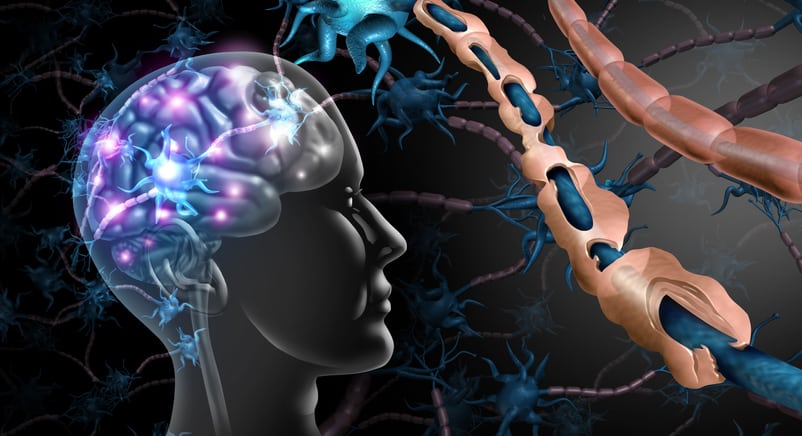Stroke related studies in Nepal are primarily hospital-based and mainly from the capital city.
We aimed to estimate the prevalence of stroke and stroke risk factors in the South-Western community of Nepal.
A cross-sectional study was conducted from May to August 2018 among 549 randomly selected Nepalese participants from diverse ethnicity, aged ≥15 years, in a region with the availability of neurological support facilities. Data were collected using a stroke questionnaire designed for the purpose. Stroke was identified by enumerators using the Balance-Eyes-Face-Arms-Speech-Time (BEFAST) scale, and a senior neurologist confirmed it. We assessed the presence of major risk factors associated with stroke.
The crude and age-standardised prevalence of stroke were 2368 and 2967 per 100,000 respectively. Of all the surveyed participants, 61% (n=335) reported consumption of full-fat dairy products >3 days per week, 87.6% (n=481) reported a high intake of salt (>5 g/day), 83.6% (n=459) with a low intake of fruits and vegetables (<400 g/day), 45.2% (n=248) with perceived stress related to work or home, 51.6% (n=283) with financial stress (283, 51.6%), 86.7% (n=457) with low high-density lipoprotein, 96.2% (n=507) with high blood urea nitrogen, 47.1% (n=356) were either overweight or obese 20.4% (n=112) with hypertension and 6.2% (n=34) with diabetes.
The prevalence of stroke in the community of the South-Western part of Nepal is relatively higher than that estimated in South-Asia and global context. Our findings suggest an urgent community intervention, particularly with healthy lifestyles changes for future stroke prevention in the high-risk group.
Copyright © 2021 Elsevier Inc. All rights reserved.
Prevalence of Stroke and Stroke Risk Factors in a South-Western Community of Nepal.


